Reporting Analytics vs. Financial Reporting: Is There a Difference?
Jet Global
OCTOBER 26, 2021
Multi-dimensional analysis is sometimes referred to as “OLAP”, which stands for “online analytical processing.” Executive dashboards are becoming increasingly popular because of the power of visual displays to summarize large amounts of information and convey meaning far more intuitively than rows and columns of numbers can do.

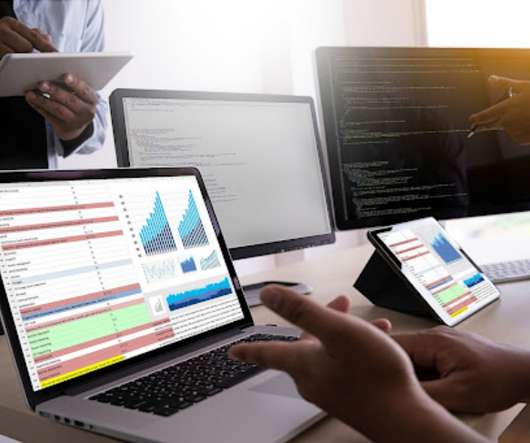


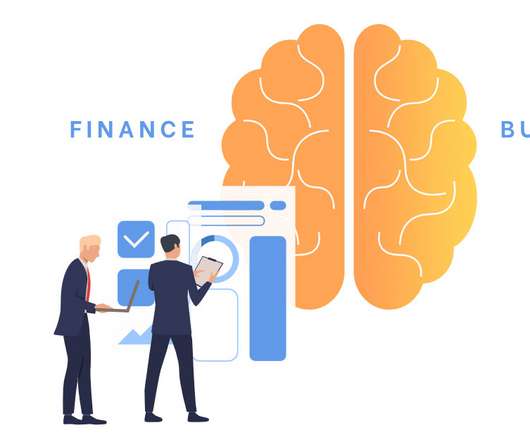





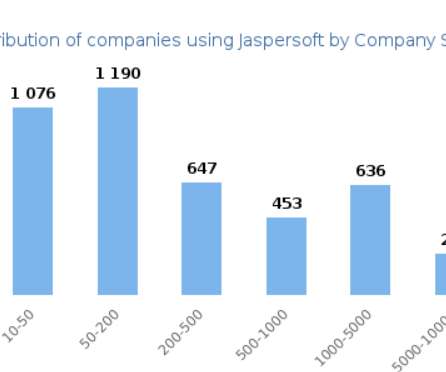

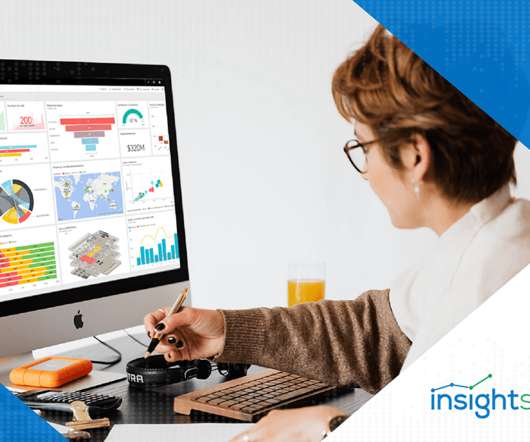
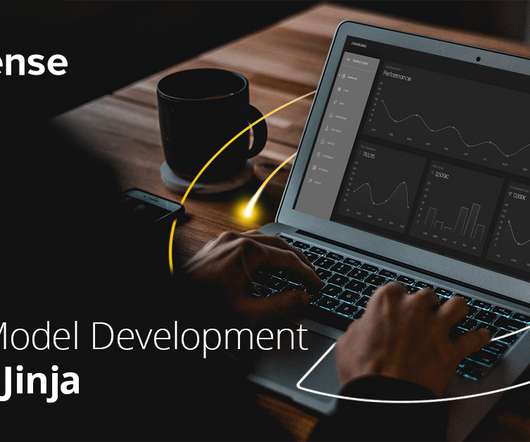


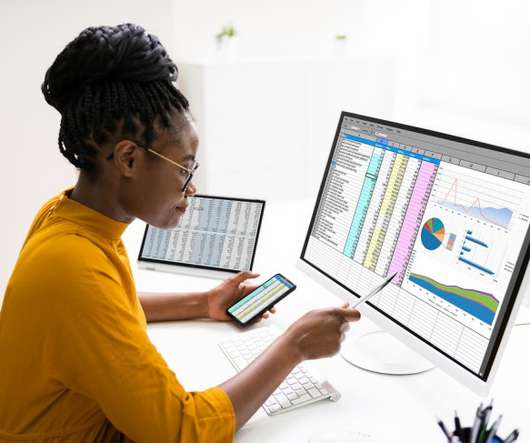








Let's personalize your content